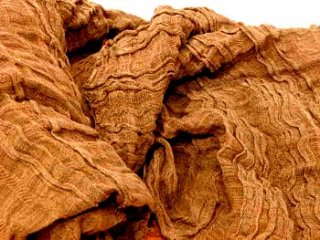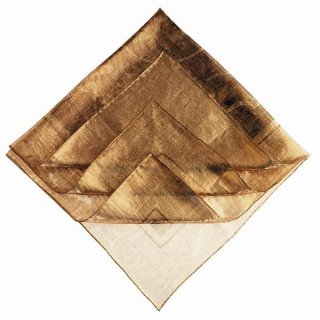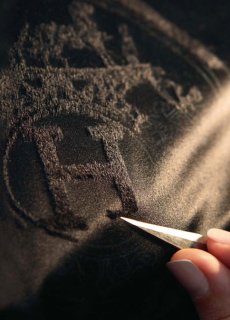gius
Active Member
- Joined
- Jan 8, 2006
- Messages
- 10,859
- Reaction score
- 9
Those prices are not bad at all  (thankfully)
(thankfully)
At a fabric showroom here, some designers are $300+ a metre
I am hoping to get my hands on Nuno's wovens.. They're my favourite, so interesting, textural.. especially designs from their book called "Zawa Zawa" Seems like maybe one is available in the scarf collection on the site
Seems like maybe one is available in the scarf collection on the site
 (thankfully)
(thankfully)At a fabric showroom here, some designers are $300+ a metre
I am hoping to get my hands on Nuno's wovens.. They're my favourite, so interesting, textural.. especially designs from their book called "Zawa Zawa"
 Seems like maybe one is available in the scarf collection on the site
Seems like maybe one is available in the scarf collection on the site











 So I guess that's all I need.
So I guess that's all I need.![haat01[1].jpg](https://thefashionspot-data.community.forum/attachments/762/762375-bbd955a681db9fcdd5240edc1ab1f8d9.jpg)






